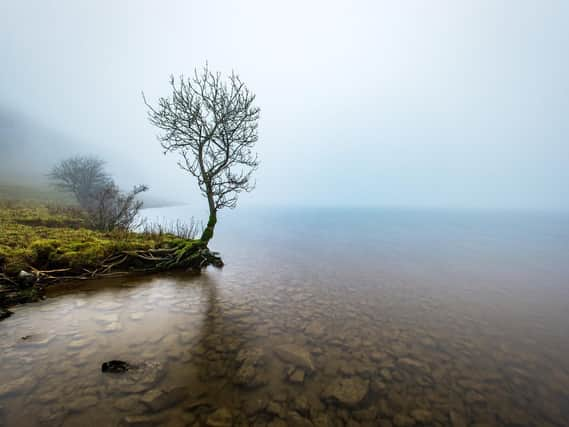Malham Tarn, from hunters' haven to research site and nature reserve


But it is on the shore of the water that archaeologists have made fascinating discoveries over the years.
With lakes few and far between in the Yorkshire Dales, the Tarn was once a magnet for herds of wild animals, offering an attractive source of open water.
Advertisement
Hide AdAdvertisement
Hide AdAccording to the Yorkshire Dales National Park Authority, the presence of the animals attracted hunters during the Stone Age period.
Evidence of human life at the lake long ago has been noted by archaeologists, who have found remains of the hunters’ campsites and stone tools along its shoreline.
The Tarn, managed by the National Trust, is the highest known lime-rich lake in the UK and is part of a National Nature Reserve, sites established to protect some of the country’s most important habitats, species and geology.
On its northern shore is a Georgian country house. The Grade II-Listed building was originally constructed in around 1780 for Thomas Lister, Lord Ribblesdale, as a hunting box.
Advertisement
Hide AdAdvertisement
Hide AdToday it houses a Field Studies Council centre, where much research on the lake and its surrounding area has been carried out.
The Tarn itself, home to a range of species including white-clawed crayfish, bullhead, otter and breeding great-crested grebe, is an unusual find in limestone country, the Dales authority says.
Typically, surface water would find its way underground, permeating through limestone but that’s not the case with the Tarn.
“Here the water doesn’t sink into the ground,” the body says. “During the Ice Age, a glacier scraped away the rock right down to the ancient slate layer underneath the limestone.
“This slate is impermeable and so won’t let water through.
Advertisement
Hide AdAdvertisement
Hide Ad“The mouth of the Tarn was then sealed when the glacier melted and dropped banks of clay and gravel across it.”
Support The Yorkshire Post and become a subscriber today. Your subscription will help us to continue to bring quality news to the people of Yorkshire. In return, you'll see fewer ads on site, get free access to our app and receive exclusive members-only offers. Click here to subscribe.